Vertebral column
- Components
- Intervertebral disc
- Vertebrae
- Cervical –7
- Thoracic –12
- Lumbar – 5
- Sacral – 5
- Coccygeal – 4
- Curvatures
- In the foetus & newborn
- C shaped with an anterior concavity
- In adults, 4 curvatures
- cervical (secondary)
- appears when infant raises his head
- thoracic (primary)
- lumbar (secondary)
- appears when infant stands
- sacral (primary)
- Parts of a typical vertebrae
- Vertebral body
- Vertebral arch
- pedicle
- lamina
- Transverse processes
- Spinous processes
- Superior & inferior articular processes (zygapophyses)
Regional features of the vertebrae
- Cervical (like triangle)
- In the transverse processes
- transverse foramen
- anterior & posterior tubercles
- Atlas (C1)
- no body & spine
- 2 arches
- paired lateral masses
- Axis (C2)
- dense (otondoid process) projects up from the body
- bifid spine
- Thoracic (like a clown face –tickle my ribs)
- costal facets for articulation with the ribs
- Lumbar (like an aeroplane)
- large body
- slender transverse processes
- short, thick spines

- Sacrum
- triangular shape
- 5 sacral vertebrae fused
- auricular surface articulate with hip bones
- Coccyx
- 4 coccygeal vertebrae fused
_____________________________________________________________________
Intervertebral disc
- lies between two vertebrae
- Parts
- outer
- annulus fibrosus
- fibrous
- central
- nucleus pulposes
- semifluid
- Functions
- give flexibility
- binds the vertebrae
- secondary cartilaginous joint)
- shock absorbers
- Prolapsed intervertebral disc
- nucleus pulposes escapes through annulus fibrosus posterolateraly
- Press on the cauda equina and nerve roots
- Give rise to neurological symptoms
- Sciatica
_____________________________________________________________________
Joints of the vertebral column
- Joints of the vertebral bodies
- Joints of the vertebral arches
- Craniovertebral joints
- Costovertebral joints
- Sacroiliac joints
Joints of the vertebral bodies
- articular surfaces of adjacent vertebral bodies connected by
- IV disc (symphyses)
- no disc between
- C1 & C2
- sacral & coccygeal vertebrae
- permits movements between adjacent vertebrae
- Anterior longitudinal ligament
- extends from – anterior surface of the sacrum
- up til – C1 anterior tubercle & occipital bone
- fused to vertebral bodies & IV discs
- Prevents hyperextension of vertebral column
- Posterior longitudinal ligament
- extends from – sacrum
- up til – C2
- fused to IV discs & loosely to vertebral bodies
- Prevents hyperflexion of vertebral column
Joints of the vertebral arches (zygopophysial/facet joints)
- synovial joints
- between superior & inferior articular processes of adjacent vertebrae
- loose joint capsule
- movements depends on the shape & direction of the articular surfaces
- movements
- Cervical
- facets are obliquely placed & horizontal
- flexion, extension & lateral flexion
- Thoracic
- facets lie in an arc
- rotatory movements
- flexion & extension limited
- Lumbar
- joint line lies in the saggital plane
- flexion, extension & lateral flexion
- Ligameta flava
- extends from the lamina above to lamina below
- consists of yellow elastic tissue
- prevents sudden flexion of vertebral column
- helps to maintain the normal curvatures
- Other ligaments (gives stability to the facet joints)
- Interspinous ligaments
- between adjacent spines
- Nuchal ligament
- In the cervical region the supraspinous ligaments extend as a thick ligament
- from C7 spine to external occipital protuberance
- Supraspinous ligaments
- from C7 spine to sacrum
- no more spinal projections in coccyx
- Intertransverse ligament
- between adjacent transverse processes
Craniovertebral joint
- Atlanto-occipital joint
- Superior articular surface of the lateral mass of the atlas with the occiptal condyle
- Permits nodding of the head (‘yes’ movement)
- Anterior & posterior atlanto-occipital membranes
- extends from the anterior & posterior arches of the atlas to margin of the foramen magnum
- Prevents excessive movements of the joint
- Atlanto-axial joint
- 2 lateral joints between the inferior surface of the lateral facet of the atlas & superior facet of axis
- gliding type synovial joint
- 1 median joint between the dense of the axis & anterior arch of the atlas
- pivot type synovial joint
- Moves head from side to side (‘ No’ movement)
- Dense of the axis acts as the pivot
- Transverse ligament of atlas
- keeps the dense in position
Sacroiliac joints
- Between the sacrum & iliac bones
- Synovial joint with limited movements
- Strong sacrotuberous ligament
- stabilizes the joint
_____________________________________________________________________
Muscles of the back
- Extrinsic back muscles
- Superficial
- trapezius
- lattisimus dorsi
- levator scapuli
- rhomboids
- Intermediate
- serratus posterior superior
- serratus posterior inferior
- Intrinsic back muscles
- Superficial layer
- splenius muscles
- splenius capitis
- splenius cervicis
- function (neck)
- lateral flexors
- lateral rotators
- extensors
- Intermediate layer
- erector spinae muscles
- iliocostalis
- longissimus
- spinalis
- Common origin from
- iliac crest & sacrum
- sacroiliac ligament
- spines of sacral & lumbar vertebrae
- Function
- main extensor of vertebral column
- Deep layer
- transversospinal muscles
- semispinalis
- extends cervical & thoracic spine
- multifidus
- stabilizes the vertebrae
- rotators
- rotatory movement
- All the muscles are extensors of the vertebral column
- supplied by the posterior rami of the spinal nerve

Neck muscles
- Suboccipital muscles
- rectus capitis posterior major & minor
- extend the atlanto-occipital joint
- inferior oblique
- rotates the atlantoaxial joint
- superior oblique
- extends atlanto-occipital joint (same)
_____________________________________________________________________
Movements of the vertebral column
Refer muscle diagram
- Atlanto-occipital joint
- Flexion
- Supra & infrahyoid muscle
- Longus capitis
- Sternocleidomastoid muscle
- Extension
- All suboccipital muscles
- except inferior oblique
- Atlanto-axial joint
- Rotation
- To same side
- inferior oblique
- rectus capitis
- splenius capitis
- To opposite side
- sternocleidomastoid muscle
- Cervical intervertebral joints
- Flexion
- Sternocleidomastoid muscle
- longus coli
- Lateral flexion
- Scalene group
- Extension
- deep neck muscles
- Thoracic & lumbar int
ervertebral joints - Flexion
- rectus abdominis
- Psoas major
- Extension
- Erector spinae
- Lateral flexion
- Deep back muscles
- External & internal oblique
- Quadratus lumborum
- Rotation
- Deep rotators
- External oblique
_____________________________________________________________________
Spinal canal (vertebral canal)
- Bounded by vertebral body & vertebral arch
- Spinal cord lies in the spinal canal
- covered by meninges
- subarachnoid space
- CSF
- From lower border of L1 – S1
- lumbar puncture between L3 & L4
- Internal vertebral venous plexus
- Within the spinal canal
- Communicate with external veins
- No valves
- Carcinoma can spread from distant sites to vertebral bodies

- Intervertebral foramen
- Bounded by
- vertebral notches, body & intervertebral joint
- Spinal ganglia located in it
- Spinal nerve comes out through it
- root compression occur here




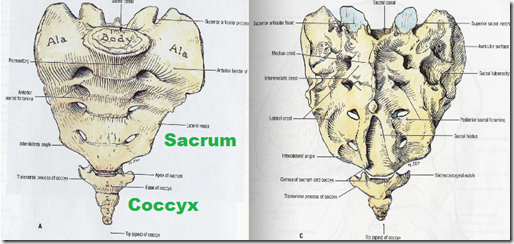

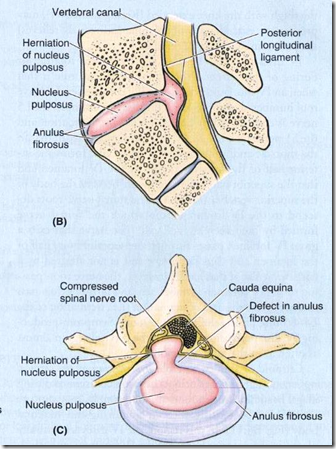
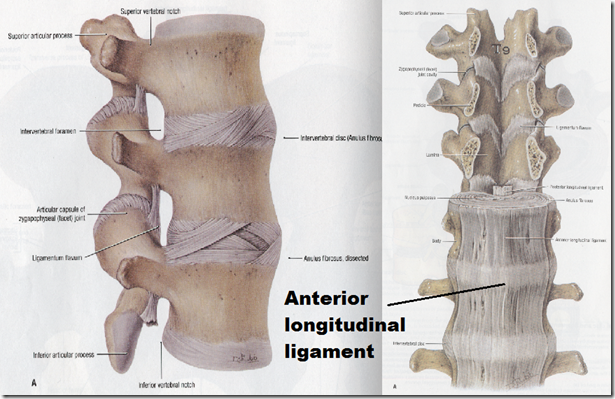
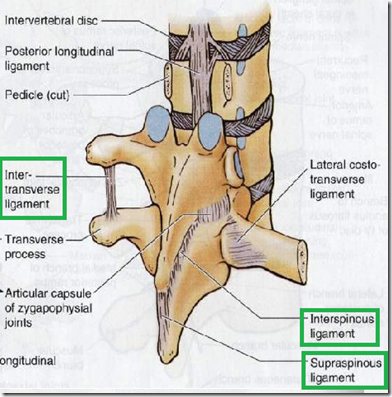
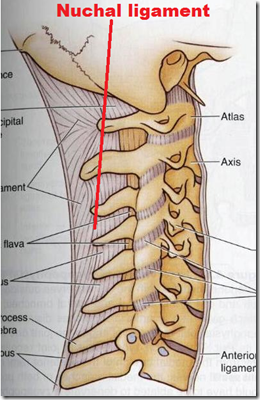
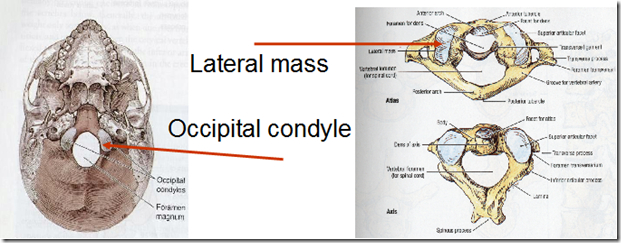
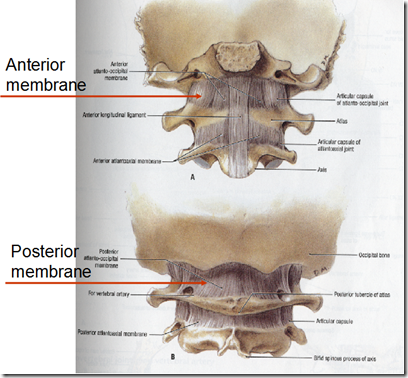
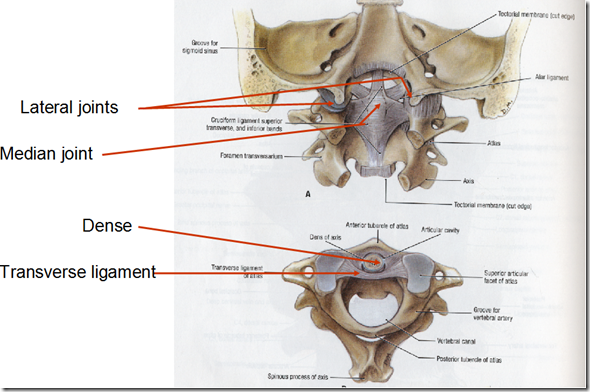
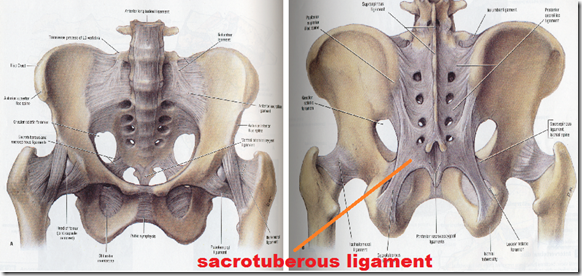
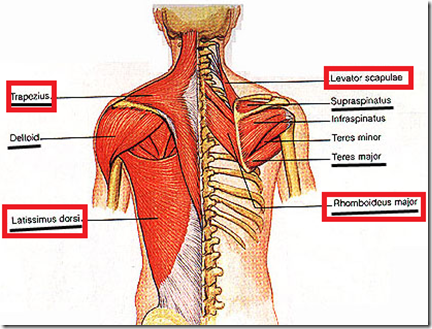
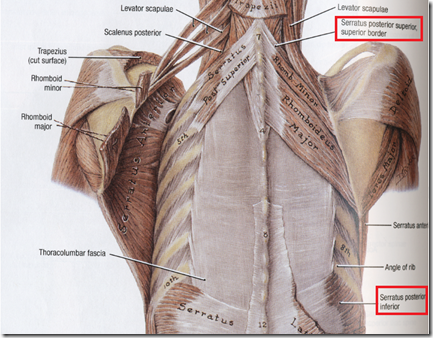

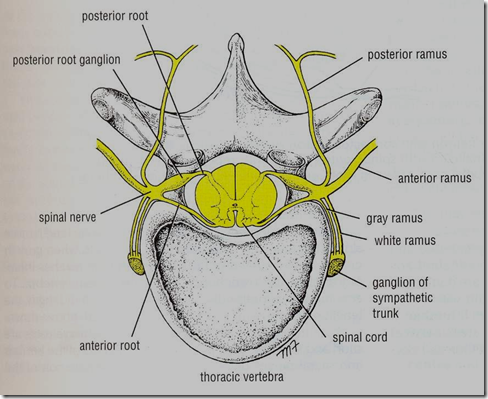

very good overview and can help beginners on how to teach the vertebral column and medical students in their revision.
wonderful overview!